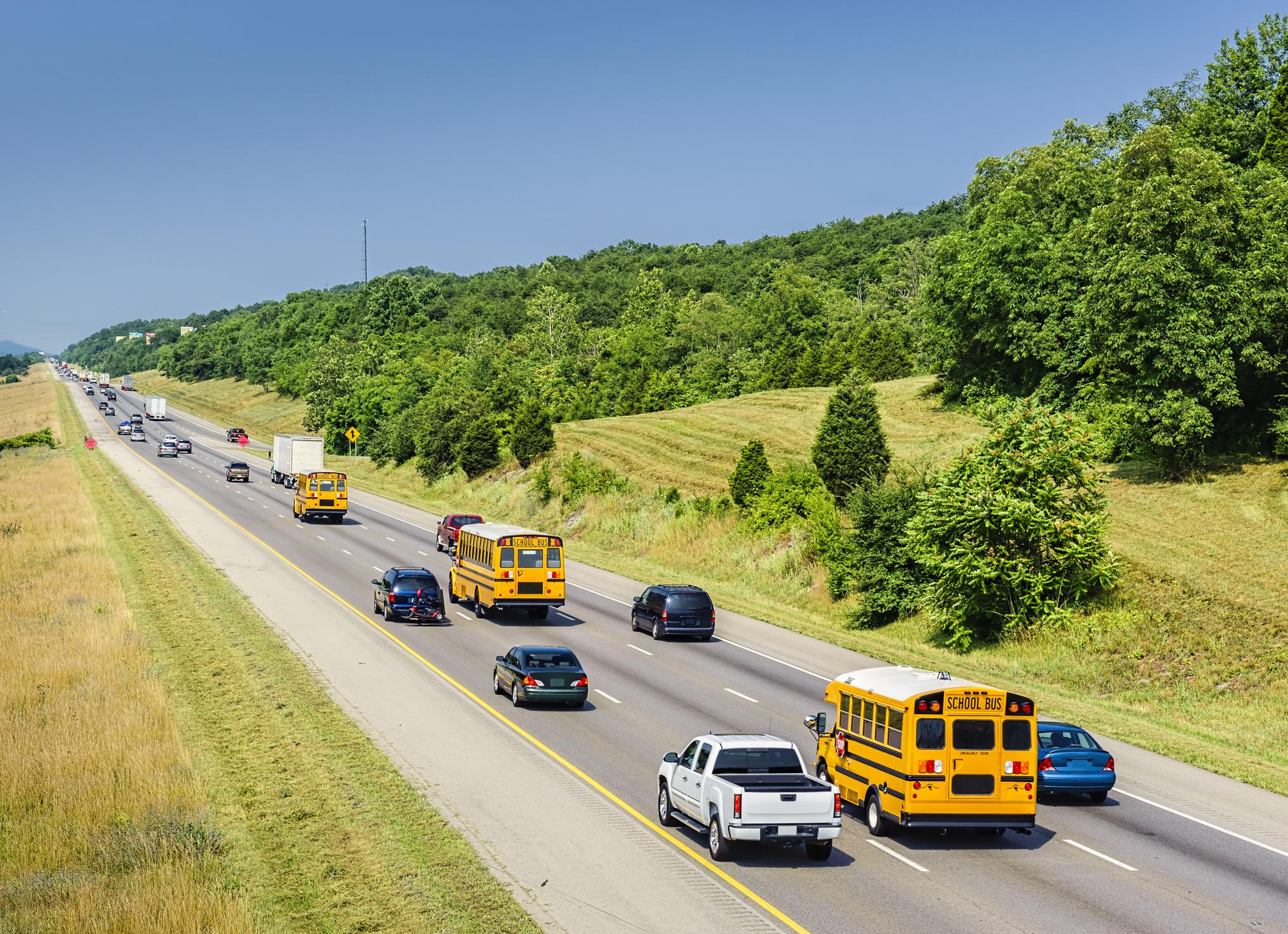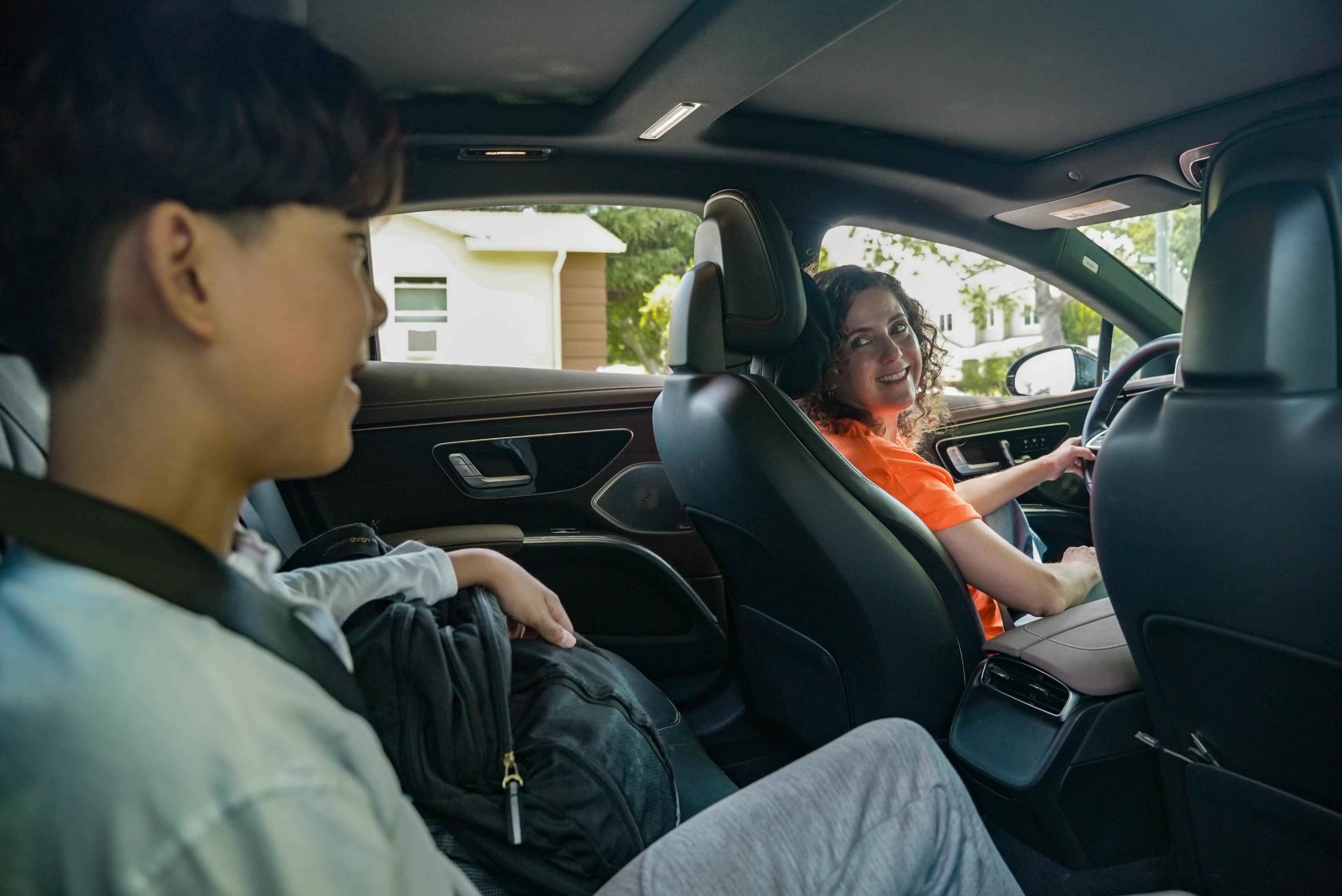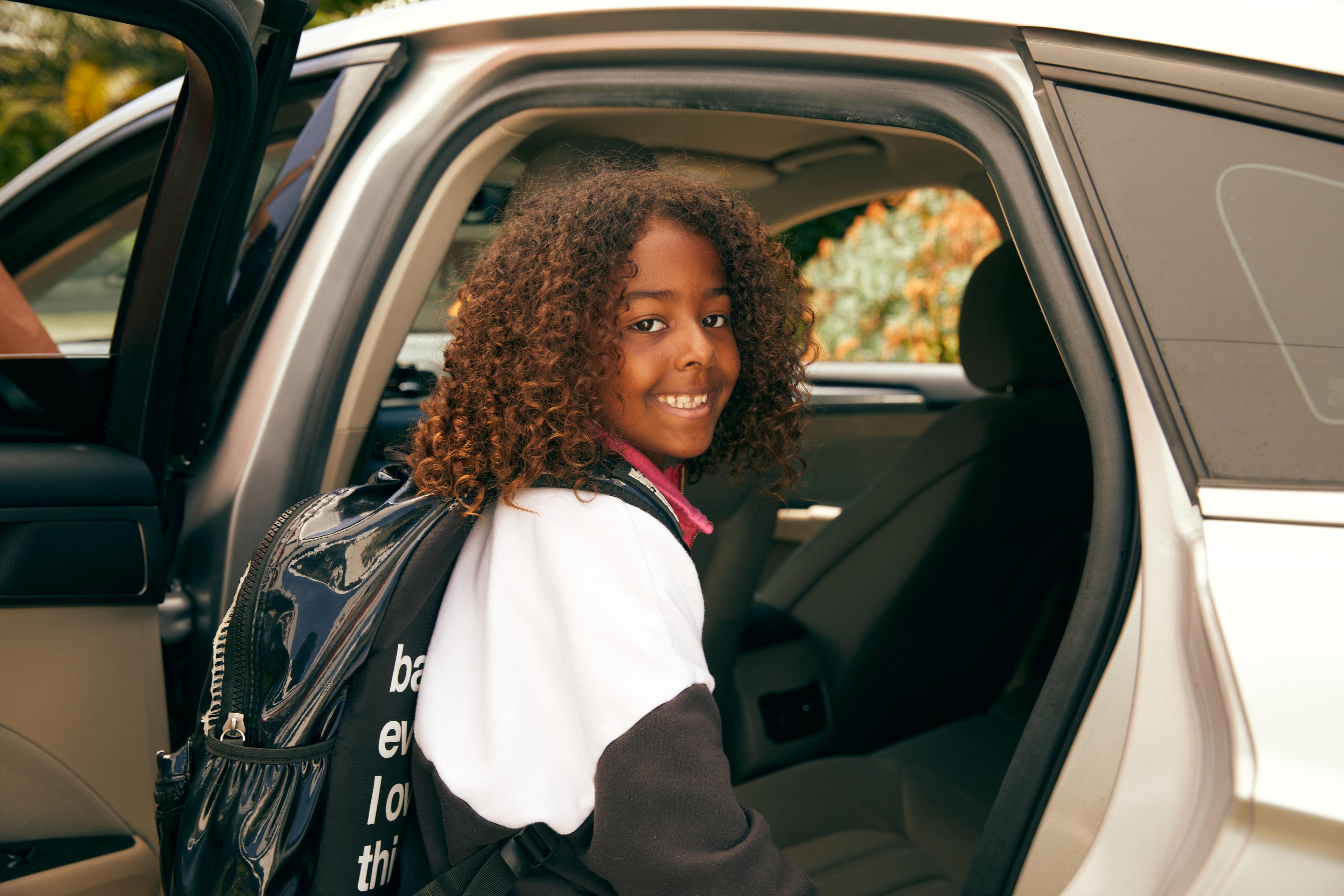At HopSkipDrive, we say our platform offers “supplemental transportation.” We use this term intentionally: it reflects how we work with school districts.
We know that school buses work tremendously well for many students, and when a bus is fully utilized with high ridership and an efficient route, it can be the best option. But they don’t work for everyone and in every case. Since our earliest days, we have been clear that HopSkipDrive isn’t competing with the traditional yellow school bus. Instead, we aim to work alongside the traditional transportation methods schools already use to fill gaps when necessary and offer more agile solutions.
“We understand that ‘supplemental school transportation’ isn’t a widely used term yet,” says Campbell Millum, Senior Vice President, Communications and External Affairs at HopSkipDrive. “We often hear ‘alternative school transportation’ used to describe what we do, but we don’t view ourselves as alternative to the school bus. Instead, we complement and support existing school transportation options. We’ve been very deliberate about choosing a term that we hear best reflects the experience of our school district partners.”
Supplemental Transportation: Partnering With Districts to Fill in Gaps
The dictionary definition of “supplemental” is “a thing that is added to something else to improve or complete it.” Here at HopSkipDrive, we use technology to empower modern, efficient, future-ready school transportation systems that help facilitate safe, reliable rides to and from school. One-size-fits-all transportation doesn’t work for today’s students and schools. HopSkipDrive helps districts modernize their transportation by supplementing existing options like the yellow school bus and offering cutting-edge technology aligned with how today’s families, students, and schools operate in the modern world.
We say “supplemental” because we consider ourselves an integral addition to existing school transportation systems. School transportation is multimodal now. Students are getting to school in myriad ways: riding the bus, small vehicles, specialized vehicles, walking, biking, and taking public transit when that makes sense. HopSkipDrive’s network of CareDrivers in small vehicles isn’t an alternative, but rather a strategic piece of the multimodal system. The more we view all these modes as equally valuable, the more we can ensure every child has the transportation method that makes the most sense to them.
As a supplemental partner we help districts address transportation challenges. This includes:
Filling transportation gaps: Supplemental solutions can bridge critical access gaps in areas where traditional bus routes are inefficient or non-existent.
Combatting the school bus driver shortage: HopSkipDrive data finds that 91% of school districts are adversely affected by today’s bus driver shortage. Partnering with HopSkipDrive brings districts a new supply of vetted CareDrivers.
Students with IEPs: The demand for reliable, specialized transportation for students with Individualized Education Programs (IEPs) has grown significantly. Since 2020, we’ve seen a 2,624% increase in rides for students with an IEP. Supplemental transportation allows districts to be more flexible and reliable for students with IEPs.
Out-of-district placements: Supplemental transportation provides a vital link when a student’s educational needs necessitate attending a school outside their immediate area, such as those eligible for McKinney-Vento transportation, or students in foster care navigating complex logistical challenges. HopSkipDrive data shows a 4,859% ride increase for students eligible under the McKinney-Vento Homeless Assistance since 2020.
Extended-day programs and extracurriculars: Ensuring students can safely participate in enriching activities off campus or beyond the regular school day, like at a career and technical education center (CTE), often requires more flexible transportation options.
The existing transportation infrastructure is the foundation. Supplemental transportation adds the specialized tools and expertise to reach every student, ensuring no one is left behind due to logistical hurdles.
Supplemental vs. Alternative Transportation
The term “alternative transportation” can be misleading. While it’s often been used to describe student transportation options beyond traditional school buses, it inaccurately suggests a complete departure from established norms. HopSkipDrive isn’t an alternative to school buses; we see ourselves as complementary partners. Our commitment to collaborating closely with districts is what truly sets us apart.
While HopSkipDrive offers solutions that are certainly different from the traditional school bus, “alternative” can suggest a binary choice — either the traditional way or this way. Our approach is far more integrated. We work closely with districts as partners, offering a flexible layer of support rather than an entirely separate system.
“Consider a student who uses a wheelchair,” Millum adds. “Some buses are equipped to handle that need. However, for a particular student, a wheel-chair accessible car or van might be the better choice. Supplemental transportation empowers districts to fulfill the core need of getting students to school within their transportation system.”
Our Commitment: A Holistic Approach
At HopSkipDrive, we see ourselves as an essential school district partner and are deeply invested in the educational journey of every HopSkipDrive rider. By focusing on and speaking about supplemental transportation, we’re not just facilitating rides — we’re offering crucial support to districts so they can, in turn, offer all students access, safety, and peace of mind. We’re empowering districts to meet the diverse needs of their student populations with safe, reliable, and tailored solutions.
Interested in learning more about how supplemental transportation can help fill in gaps at your district or school?
Explore how a partnership with HopSkipDrive can work for you.



